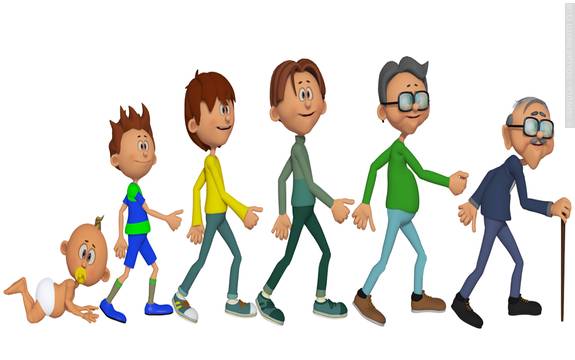My experience in teaching practicum with adolescents.
When I started my practicum, the first impression that I had from my students from the Plaza Mundo program at Don Bosco University was that they looked a little bit shy because they are in a basic level and I guess they thought I was going to talk in an advance way, but through the day they got more confident with me and I made an effort to be as clear as possible.
Also, they really like to talk and share the activities they do during the week, because as we know communication is very important in teenager but they are very obedient since the first time you advise them to paid attention they attend to the call.
Moreover, sometimes they came to classes very tired because they had a hard week, but my role it is to help them forget about it by making creative activities that they enjoy since those behaviors are common in teenagers due to the developing process. In addition, I proved that adolescents are not bad, they are just in a difficult stage in their life and we teachers have to understand them and set aside these difficulties.
Therefore, with the help of my mentor teacher I was present in almost all of the classes since the beginning (to be specific I taught six times with one hour class). Also, my mentor's support was very relevant for me since she tried to give me feedback each time that she had the opportunity and I can say that it helps me a lot to improve many things like: time management, pronunciation, to provide feedback to students and to be more confident. Besides, I really admire the way my mentor teacher Jasmin Gómez teaches her classes, because apart from just teaching the class she has the priority to teach to students manners and to respect each other and that it is one important aspect that I would like to implement in my classes.

In the other hand, the first time I presented my lesson was the second saturday of the practicums, for that reason I felt very shy and nervous since I did not know very well my students. Also, it was my first time teaching teens and I was afraid on how they were going to react. Then, when I finish my lesson I felt less nervous and a little bit happy because they showed me they had understood what I taught so at the end I was happy. Then, through the day I got more confident with them and we got an excellent communication.
Sadly, as it exist positive and negative aspects in life I have to list two negatives:
The first one it is that schedules were not flexibles because we did not have the option to choose them and in my case, I could not go saturday's evenings because of my French course, so I was asked to bring a letter with a permition in order to have a chance on saturday's mornings.
The second one, it is that sometimes we practitioners were given with misunderstandable information.
In contrast, I have many positive aspects but I'm going to list just five:
First, I gained more confident and experience when teaching.
Second, I corrected many words that I miss pronounce.
Third, I acquired more ablities when creating lesson plans and worksheets.
Fourth, I learned to control big groups of students and the class time.
Fifth, it was very nice to have the opportunity to practice with a real teenagers students group to develop more our capacity.
To conclude, for me this experience was phenomenal because I learned many important things with the help of my teacher Yanira Peña, my mentor teacher Jasmin Gómez and my students so I want to thanks them for all the support and the opportunity to improve myself.









